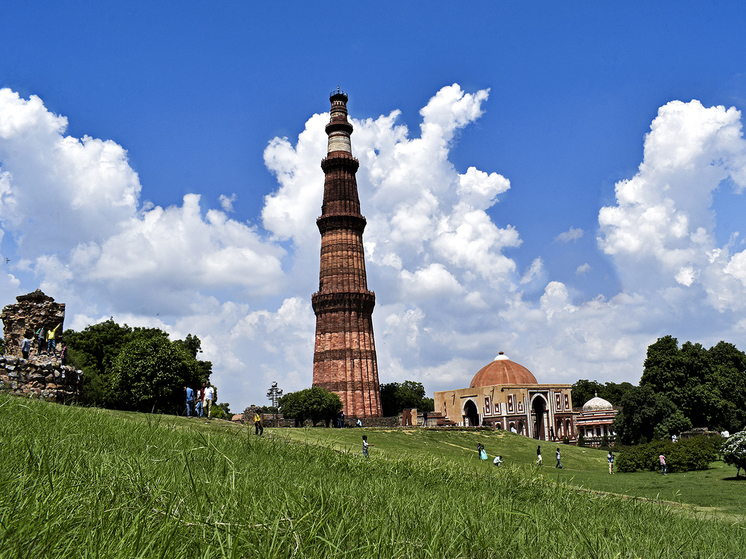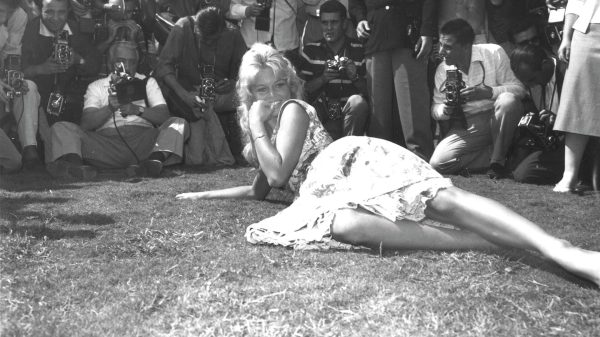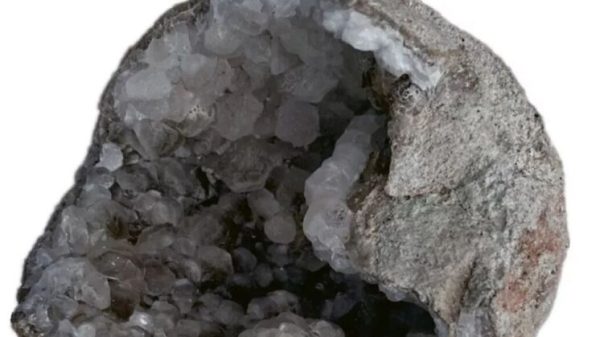Mysterious pillar preserved in its original form — despite all odds
This mysterious iron column in India has been exposed to the elements for more than 1,600 years. So why did it never rust? Can an iron structure last 1600 years without rusting despite being exposed to the elements? This seems implausible given the supposed lack of technology at the time of its construction. However, inside the UNESCO World Heritage Site of the Qutub Minar in New Delhi – a collection of historical monuments and buildings built at the beginning of the 13th century in the southern region of Mehrauli — one mysterious structure serves as evidence of this very mystery.

Visitors to the courtyard of the Quwat-ul-Islam Mosque will immediately notice an imposing 7.2-meter-tall, six-ton iron column with a decorative finial that is even older than the complex, CNN reports.
It is noteworthy that the column has now been preserved in its original form, as on the day it was made, despite both age and adverse environmental conditions, including high temperatures in the Indian capital and growing environmental pollution. The amazing stability of the structure, built in the 5th century, continues to amaze travelers to this day.
As a rule, structures made of iron and its alloys, exposed to air or moisture, oxidize over time, becoming covered with rust, unless they are not protected, like the Eiffel Tower, by layers of special paint. Scientists both in India and abroad began studying the iron column in Delhi in 1912 to try to figure out why it had not corroded, CNN notes.
It was not until 2003 that experts from the Indian Institute of Technology (IIT) in the northern city of Kanpur solved the mystery, publishing the answer in the journal Current Science.
Scientists discovered that the column, made primarily of wrought iron, had high phosphorus content (about 1%) and does not contain sulfur and magnesium, unlike modern iron. In addition, ancient craftsmen used a technique called “forge welding.”
This means they heated and forged the iron while maintaining a high phosphorus content, an unusual method in modern practice.
Metallurgical archaeologist R. Balasubramanyam, the report's author, said this unconventional approach contributed to the pillar's longevity.
According to him, a thin layer of “misavit,” a compound of iron, oxygen and hydrogen, was also found on the surface of the pillar. This layer is formed by a catalytic process due to the high phosphorus content of the iron and the absence of lime, which further enhances the durability of the pillar.
Balasubrahmanyam praised the metallurgists for their ingenuity, calling the column «a living testament to India's ancient metallurgical prowess.»
The structure's durability is evidenced by historical evidence, including an 18th-century incident in which a cannonball fired at a column reportedly failed to penetrate it, demonstrating the impressive strength of this ancient monument.
< p>Today, this pillar serves as the emblem of such scientific organizations as the National Metallurgical Laboratory and the Indian Institute of Metals, notes CNN.
In addition to metallurgical intrigue, the origin of the iron pillar is also shrouded in mystery. According to one widely circulated account, it dates back to the Gupta Empire, specifically to the reign of Chandragupta II, also known as Vikramaditya, around the 4th-5th centuries.
According to this legend, the pillar was installed at the Varah Temple in the Udayagiri Caves, near Vidisha in Madhya Pradesh, as a victory monument dedicated to the Hindu deity Lord Vishnu. It is said that there once stood a statue of Garuda, the mythical eagle of Vishnu, at its peak, although this figure has been lost to history.
Another theory put forward by Heritage activist and educationist Vikramjit Singh Rupray, suggests that it may have been purchased by Varahamihira, a famous astronomer in the court of King Vikramaditya.
“One of his books, Surya Siddhanta, details methods for calculating the positions of celestial bodies, eclipses and other astronomical phenomena, and it is believed that he used a tall column in his calculations,” says Vikramjeet. – Therefore, after his move from Vidisha to Mihirapuri (now Mehrauli), where he established an observatory, there is a possibility that he brought the column with him for further use in his research and calculations.
Additionally, some historical sources attribute the relocation of the pillar to the Qutb complex to famous personalities such as Raja Anangpal of the Tomar dynasty and Muslim rulers such as Iltutmish and Qutbuddin Aibek.
The pillar is also mentioned in works of art. In the epic poem «Prithviraj Raso» written by Chand Bardai, a courtier of the Chahamana dynasty under King Prithviraj Chauhan, the iron pillar is of great importance.
«Bardai describes the iron pillar at Raso as a nail holding the Earth on the hoof of Sheshnaga, the king of snakes in Hindu mythology,» says Vikramjeet.
Raso tells how Raja Anangpal tried to pull out this nail, despite the warnings of the Brahmins of dire consequences. When he was pulled out, discovering a red base believed to be Sheshnagh's blood, panic began as people feared the destruction of the Earth. Raja quickly ordered it to be reinstalled, but it was not secured properly, causing it to become loose. Thus, Bardai suggests that this incident was the origin of Delhi's colloquial name «Dilli», which is a pun on the word «dhilli», meaning «free». in Hindi.»
According to one legend, if you stand with your back to a column and clasp your hands around it so that your fingers touch each other, your wish will come true – a tradition that gives the column a spiritual meaning beyond its historical value.
However, the Archaeological Survey of India (ASI) has fenced the pillar to minimize human impact, CNN noted.
Conservation architect and heritage expert Pragya Nagar believes the pillar is perfectly preserved in the complex despite demolition and reconstruction of its surroundings over the years.
“If we look at the technology that was used to create the column from a new perspective, beyond simply recognizing its ancient origins, we may discover ways in which similar techniques could be used to develop alternative eco-friendly materials, given the environmental damage caused by processes such as metal extraction, she tells CNN. – It is essential to view history not only as relics and monuments that simply need to be preserved and admired, but also as repositories of traditional knowledge and practices of indigenous peoples. This holistic approach has the potential to pave the way for a more sustainable future.






















































Свежие комментарии